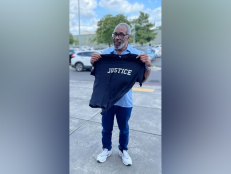Amityville Horror: Inside The DeFeo Family’s Brutal Murders
“Once I started, I just couldn’t stop,” Ronald DeFeo said of killing his parents and four younger siblings in 1974.
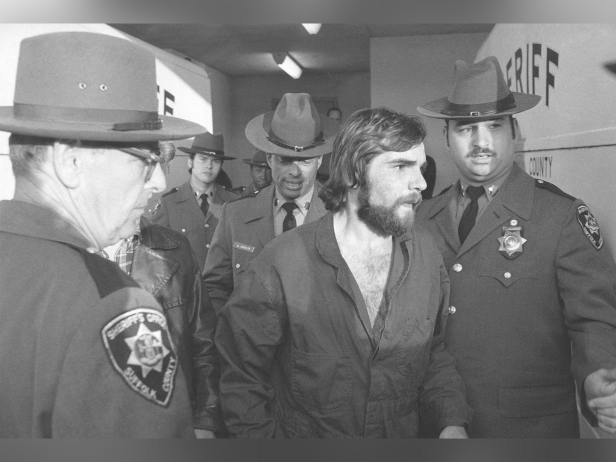
Associated Press
In November 1974, a 23-year-old New York man methodically shot his parents and four younger siblings dead with a rifle in their Amityville home — a property which the tenants who occupied it next fled in terror after living there for less than one month.
In the early morning hours of Nov. 13, 1974, Ronald DeFeo Jr. murdered his father, Ronald DeFeo Sr., 43, mother, Louise DeFeo, also 43, sisters Dawn, 18, and Allison, 13, and brothers Marc, 12, and John Matthew, 9.
After seeking help at a nearby bar hours following the killings, he initially claimed his family was dead at the hands of the Mob. He eventually recanted the story and confessed he was responsible for the slayings. “Once I started, I just couldn’t stop,” Ronald recalled about the shootings. “It went so fast.”
DeFeo’s six-week trial in the fall of 1975 introduced a defense that may have helped turn the cold-blooded slayings into what became an even more infamous story.
DeFeo’s court-appointed attorney, William Weber, claimed his client heard demons in his head who commanded him to murder his loved ones as they slept in the Dutch Colonial home at 112 Ocean Avenue.
Many scoffed at the insanity defense. Multiple people who knew Ronald at the time told The New York Times the problem wasn’t evil spirits but rather the defendant’s issues with drugs and alcohol. Jurors also weren’t swayed by the claims, and they convicted him on six counts of second-degree murder. He was sentenced to spend up to life behind bars.
Though the case was closed, the murder scene took on a life of its own after George Lutz, his wife Kathy, and their three children moved into the Amityville home in December 1975. They abruptly left without their belongings after just 28 days.
The Lutzes, who paid $80,000 for the property, insisted evil spirits haunted the three-story home. They reported bizarre and disturbing incidences, including slime oozing from the walls and objects moving on their own.
“There were … odors in the house that came and went,” George told ABC News in 2006, the same year he died. “There were sounds. The front door would slam shut in the middle of the night…. I couldn’t get warm in the house for many days.”
A priest who blessed the house said a hand slapped him and a voice commanded him to “get out.”
The Lutzes immortalized their time in the house with the help of author Jay Anson. The resulting book, The Amityville Horror, was published in 1977, and it went on to become a cult classic movie with the same title two years later.
In 1988, Ronald’s defense attorney, Weber, told A Current Affair that he and the Lutzes had talked about doing a book together before the couple decided to go with Anson. Weber claimed they came up with stories about the purportedly haunted house over multiple bottles of wine. “We took real-life incidents and transposed them,” he said in the interview. “In other words, it was a hoax.”
George always denied he made up any of his family’s stories. He did concede, however, that while based on actual events, some of the tales he told were embellished, according to ABC News.
Those who have lived in the home after the Lutzes fled have never reported anything out of the ordinary.
As for Ronald, his story of what really happened the night his family died changed multiple times over the years. At one point, he even accused his mother and sister of carrying out some of the brutal shootings.
“I guess the Amityville Horror really is supposed to be me. Because I’m the one that got convicted of killing my family. I’m the one they say who did it, I’m the one that’s supposed to be possessed by the devil,” Ronald once said, claiming he never agreed with his lawyer’s decision to use the insanity defense.
In March 2021, Ronald died at age 69 while serving time at the Sullivan Correctional Facility in Fallsburg, New York.
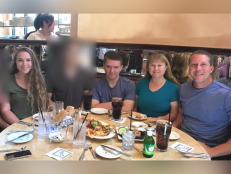
![Sarah Said [left] and Amina Said [right] smile for a photo [main]; Yaser Said in an FBI-provided photo [inset]](http://investigationdiscovery.sndimg.com/content/dam/images/investigationdiscovery/crimefeed/legacy/2022/08/devil-in-suburbia-S1-E5-under-his-eye-fbi-yaser-said-083022.png.rend.hgtvcom.231.174.suffix/1661887214304.png)
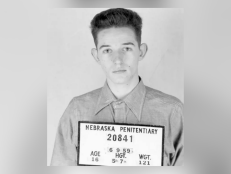
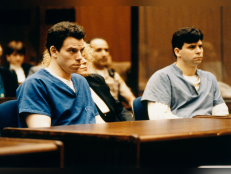

![Randon Lee, 18, [left] and his mother Ophelia Nichols [right], seen here smiling for a photo.](http://investigationdiscovery.sndimg.com/content/dam/images/investigationdiscovery/crimefeed/legacy/2022/06/ophelia-nichols-facebook-randon-lee-ophelia-nichols-06292022.png.rend.hgtvcom.231.174.suffix/1656527297024.png)


